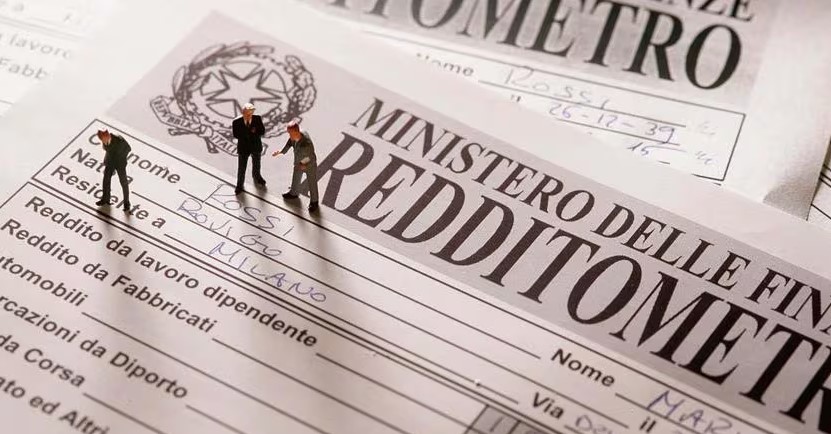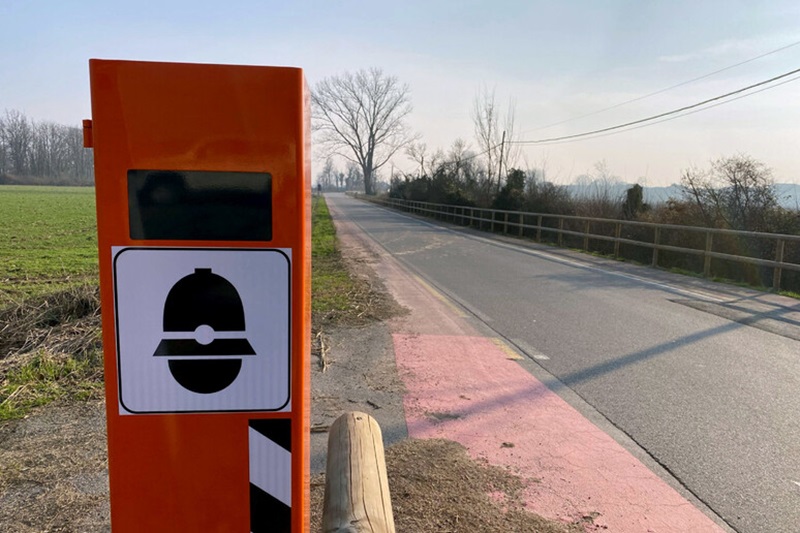The income meter is a system for determining the overall income of individuals. On May 20, the decree of Deputy Minister of Economy Maurizio Leo was published in the Official Gazette, returning it to service (it had been suspended since 2015). Including purchasing tables that will allow you to compare income with expenses. From 2016. But of course, this decision could only put the government into fibrillation during the electoral campaign for the European elections. Even if the tool will present many differences compared to those in force previously. There will be a double interrogation of taxpayers and only the definition of the parameters will launch the investigations. But cross-referencing databases will make it possible to find people at risk.
Expenditure items
The first income meter saw the light of day in 1973. The first modification arrived in 2010 with the Berlusconi government. Then in July 2018 Giuseppe Conte planned to update the parameters every two years. Currently, 56 items are registered. These are elements revealing the contributory capacity, that is to say the expenses incurred by the taxpayer and their propensity to save. Currently, summarize the Corriere della Sera, among these are: food products, drinks, clothing and shoes; accommodation; fuels and energy; furniture, appliances and home services; health care; transportation; communications; instruction; leisure, culture and games (including pay television subscriptions, club memberships and expenditure on the maintenance of horses and domestic animals); other goods and services (from barbers to beauty salons, jewelry to bags; from hotels to restaurants to spousal allowances); investments (from buildings to vehicles, from stocks to paints).
Summary assessments
Summary assessment using the income meter is only permitted provided that the total verifiable income exceeds that indicated by the taxpayer in the declaration by 20%. The taxman will focus on the largest discrepancies between what was reconstructed from expenses and investments and what was declared. The elements for reconstituting income are first of all the data present in the information system of the Tax Register or in any case available to the financial administration, such as the monitoring of payments. Then there is the annual Istat survey on family expenses divided by type. The decree adds that “the amount of expenses resulting from information present in the tax register or acquired during cross-examination (mandatory, ed) in the taxpayer is always considered predominant compared to that calculated inductively”.
The mechanism
The government's decision also follows criticism from the Court of Auditors. In 2022, there were only 352 investigations, for a turnover of 300 thousand euros. 20% gave a negative result. An additional 20% resulted in a higher tax of 5,164 euros. In only two cases did he find fraudsters worth between half a million and two and a half million euros. Republic explains how the evaluation mechanism works. Certain expenses incurred in a year are considered, those presumed to relate to goods or services held by the taxpayer, expenses of dependent family members, expenses essential to achieve a “minimum acceptable” standard of living equal to the “threshold of absolute poverty” calculated. added again from Istat, increases in assets, the share of savings constituted during the year and not used to consume or invest.
The 20% threshold
If the total exceeds the declared income by 20%, the taxpayer must provide justification to the Revenue Agency because he may have received an inheritance or used savings from previous years or exempt income such as scholarships or even grants. income taxed at source, such as interest on government bonds. This is when the obligatory cross-examination begins. In which the taxpayer must justify to the tax authorities how he manages to maintain this standard of living. If the evidence is not convincing, the investigation is triggered.


